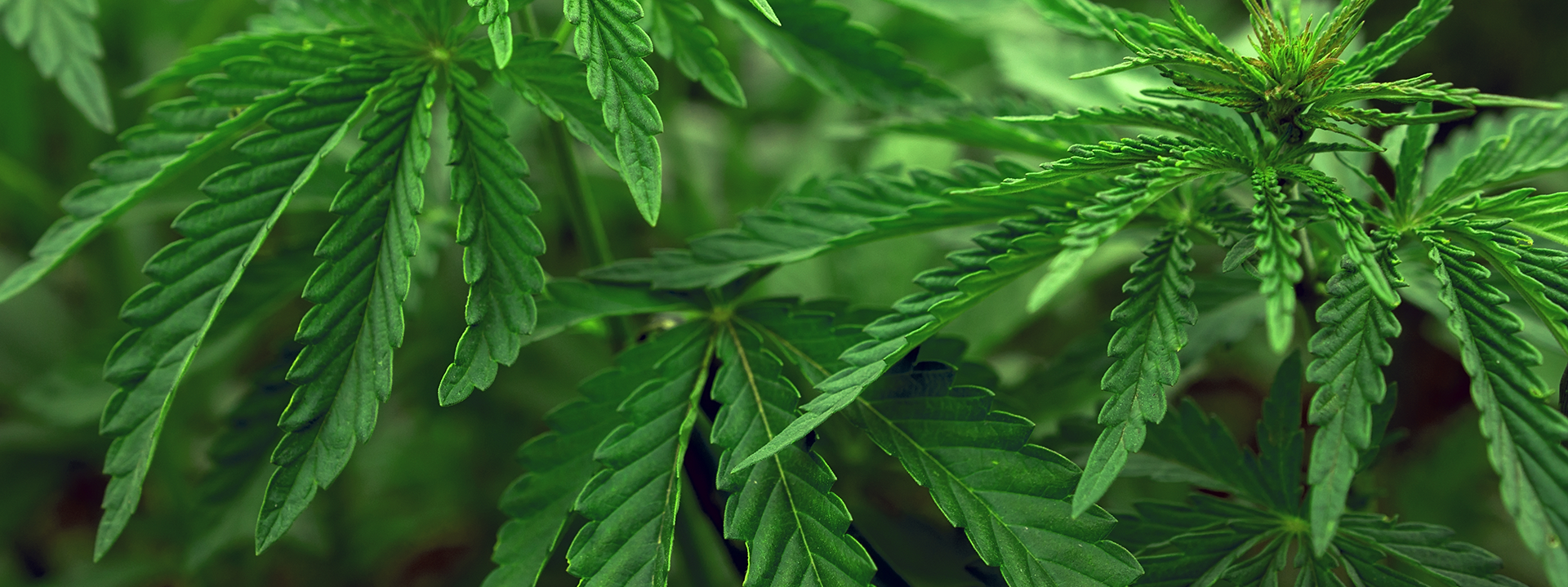Harvey. Irma. Maria. Florence. Michael. Dorian. Laura. Iota. These names are seared into our memories. Each one seeming to do something never before seen. And each one happening within the last five years.
There is now overwhelming evidence that a warmer planet means worse hurricanes. Last year, NOAA Atmospheric Scientist Jim Kossin was part of a team that researched the connection between climate change and hurricanes.
“When we look at it globally, we find that the likelihood that a hurricane being at major hurricane intensity has increased globally by about 25 percent over the last four decades,” he said. “Almost all the mortality and damage come from major hurricanes.”
Kossin actually found that a category three, four or five hurricane is now twice as likely in the Tropical Atlantic. But it’s not just about overall strength. A warmer atmosphere means more available moisture which means more rain. But it’s even more complicated, according to Kossin, who says:
Get South Florida local news, weather forecasts and entertainment stories to your inbox. Sign up for NBC South Florida newsletters.
“We also find that these hurricanes seem to be moving more slowly from one point to the other. So their actual forward speed of motion is slowing. Certainly a great example of that would be Hurricane Harvey in Texas.”
Hurricane Harvey dumped more than 60 inches of rain on southeast Texas, making it the wettest storm in U.S. history.
Storms also intensify more rapidly, which explains Dorian’s explosion from 150 to 185 mph winds in only nine hours.
Local
Kossin concludes: "We have a really good physical understanding of links between climate change and how strong a storm can get once it's formed; how much it will rain once it's formed; how fast it might be moving once it's formed.”



